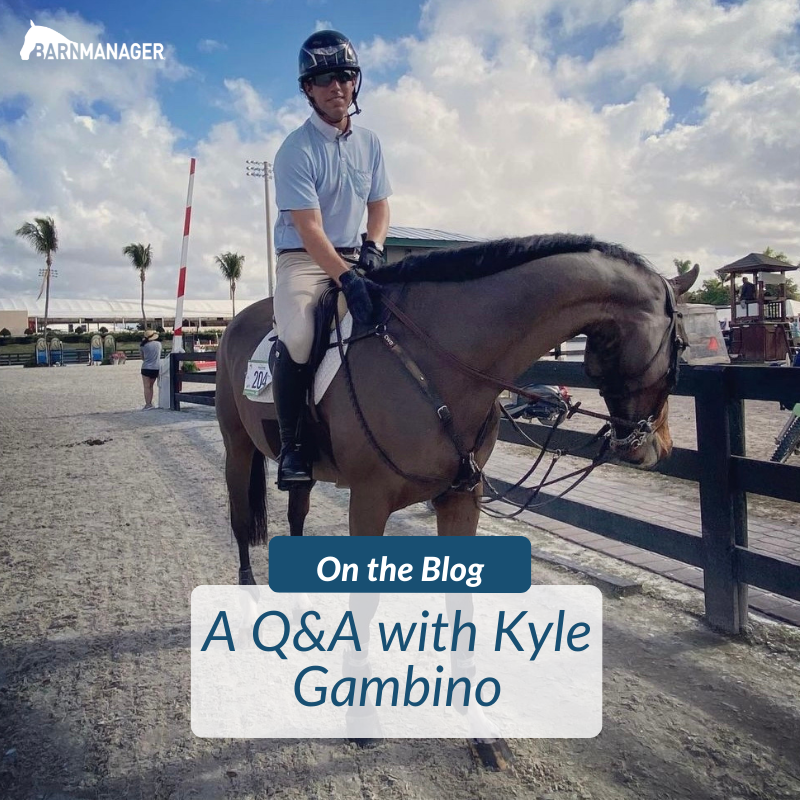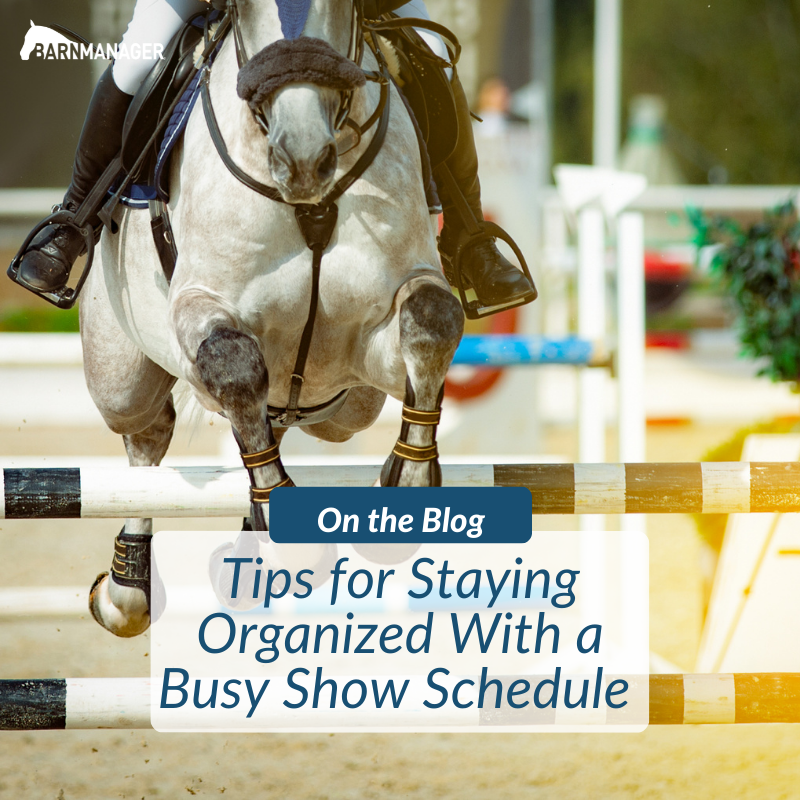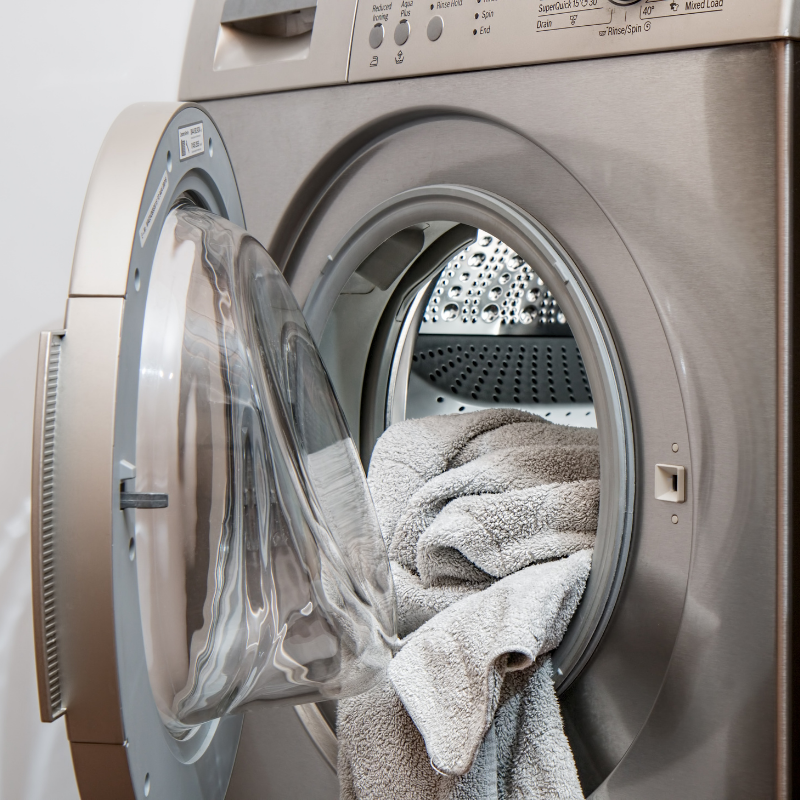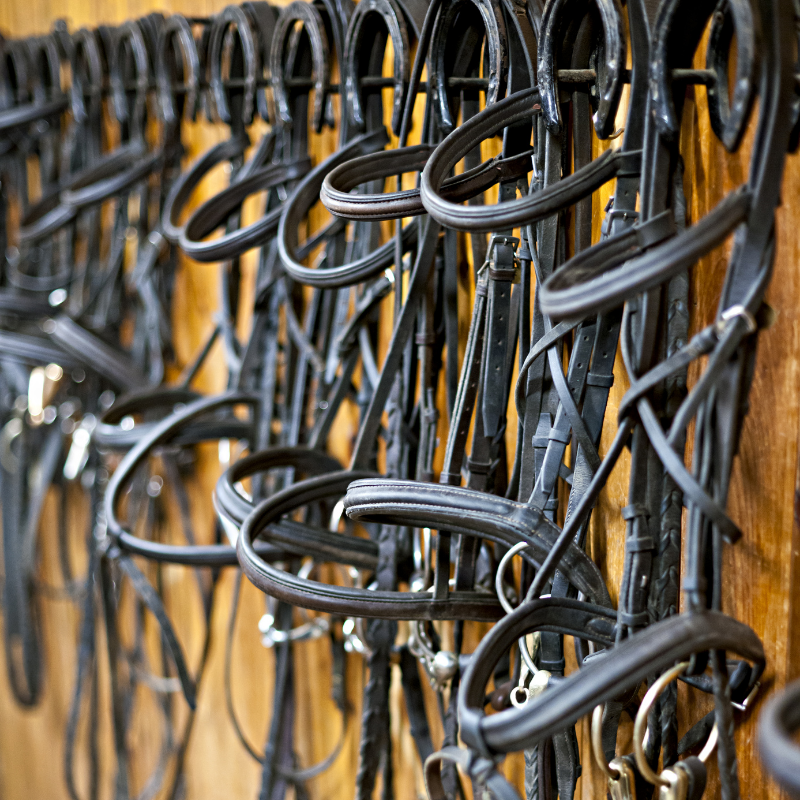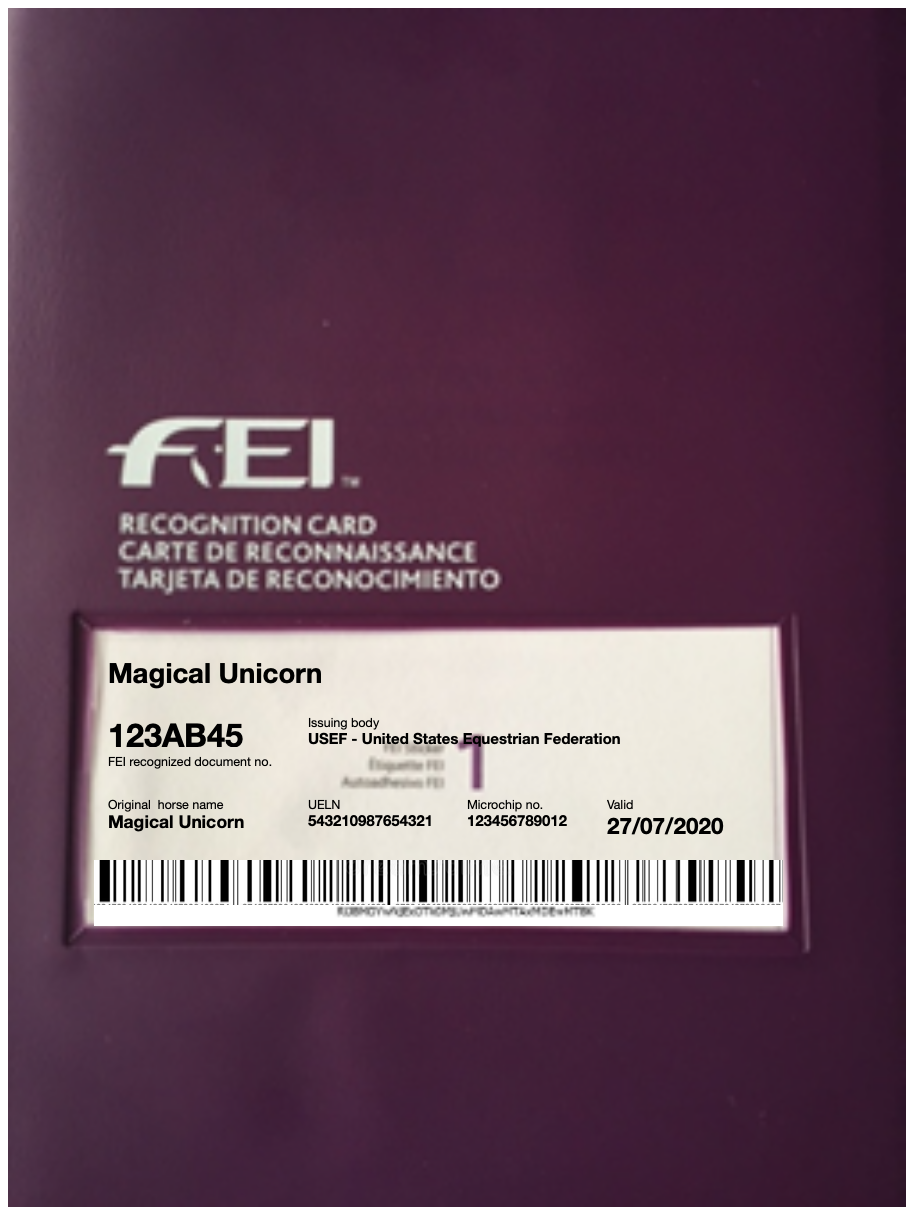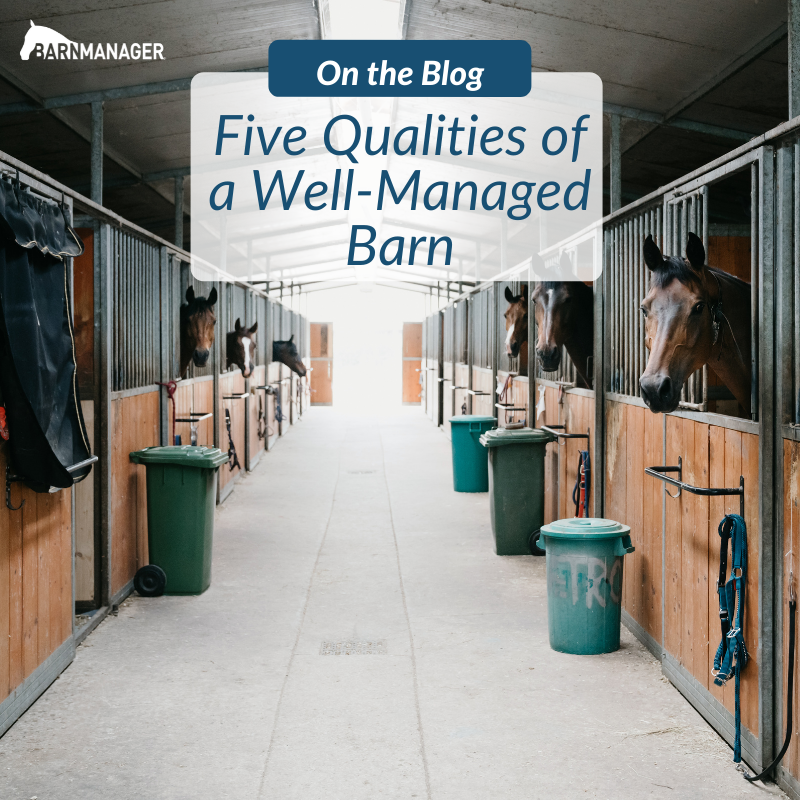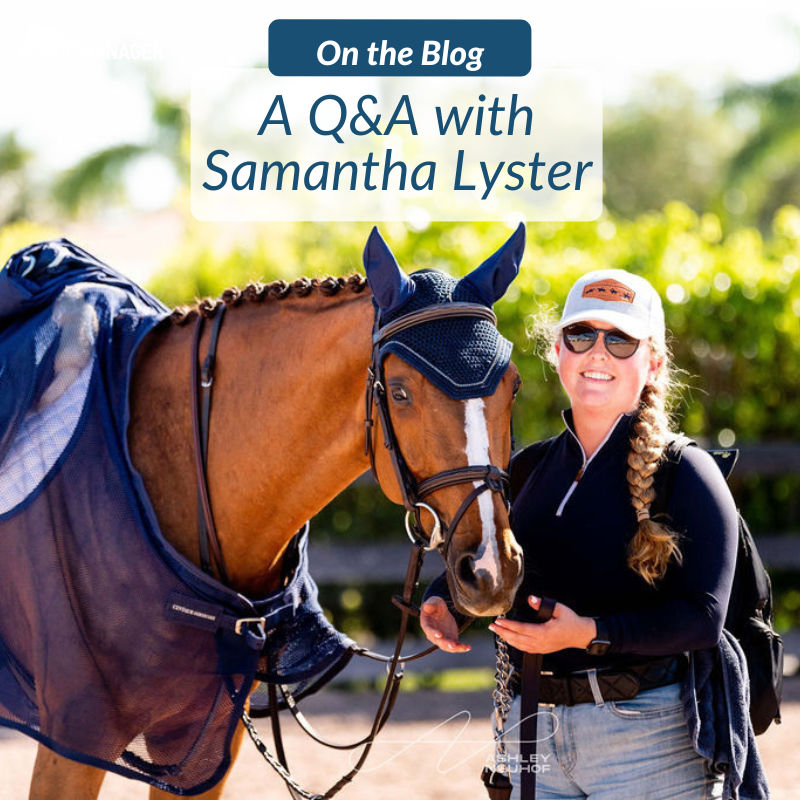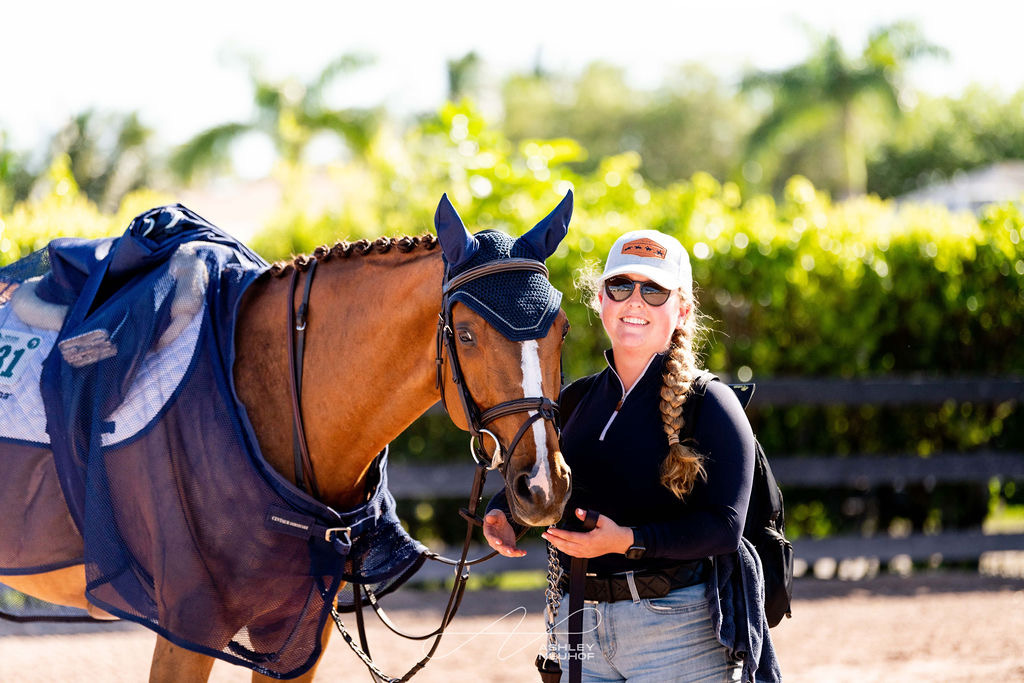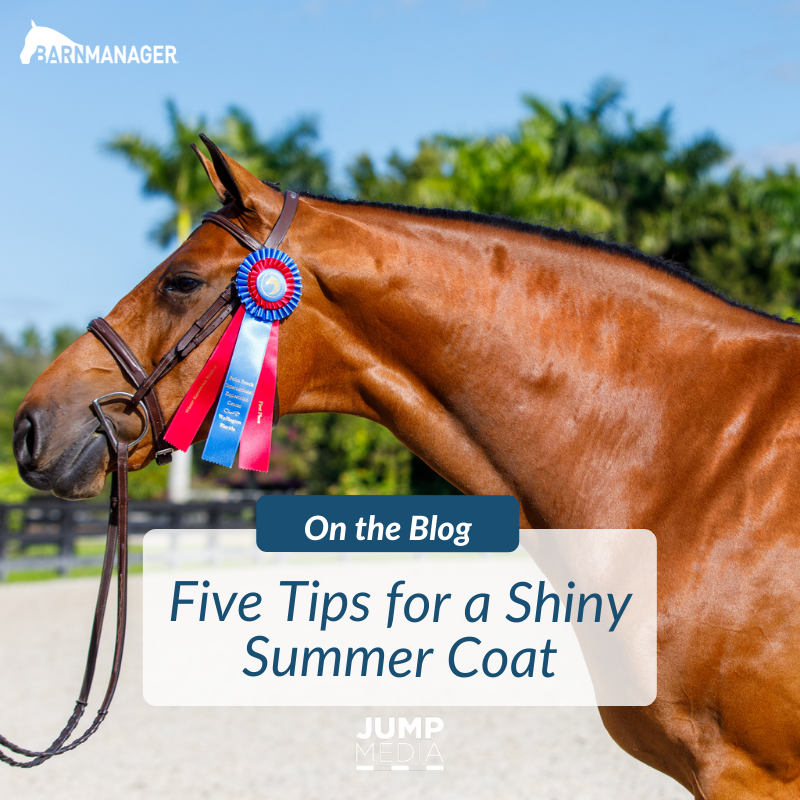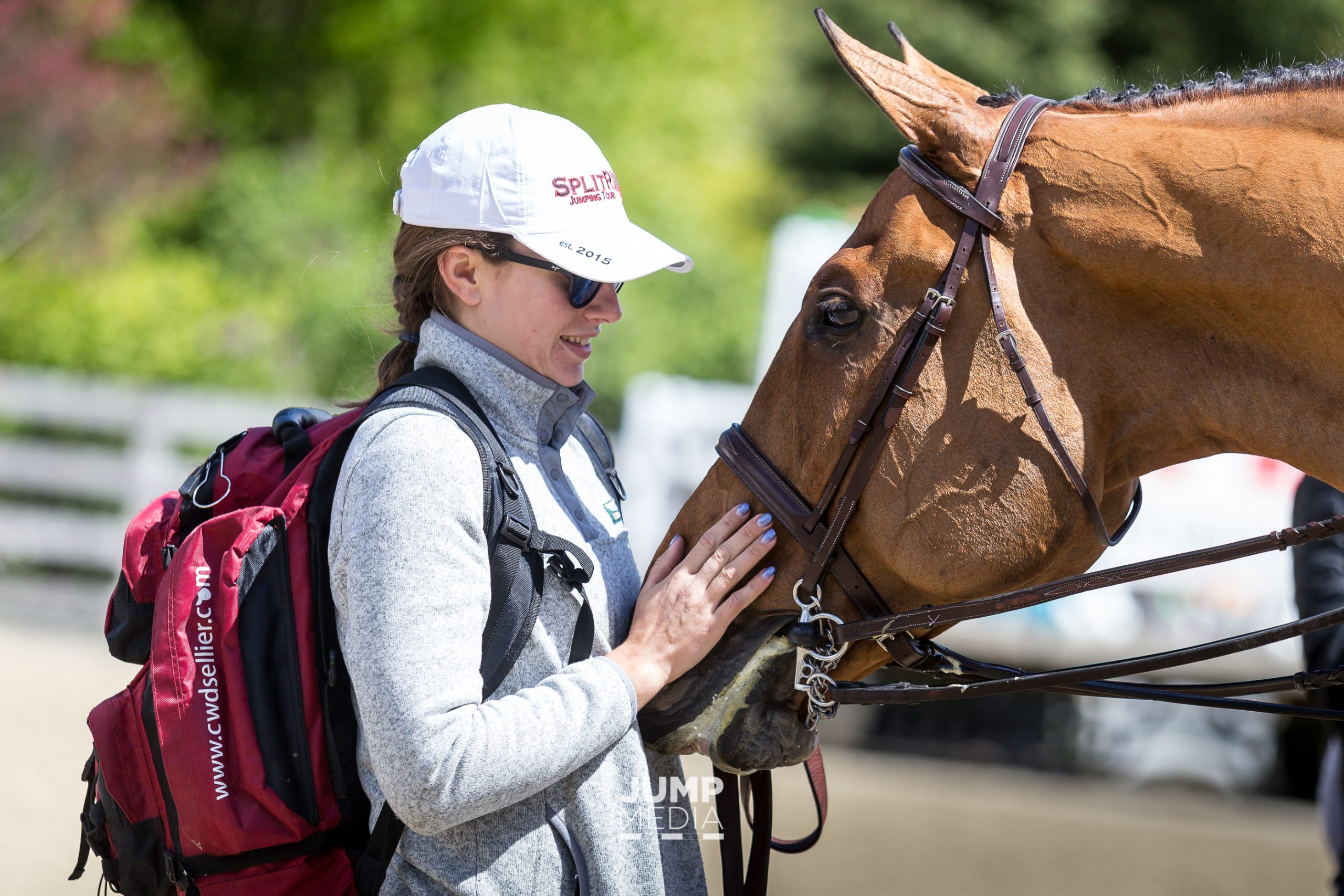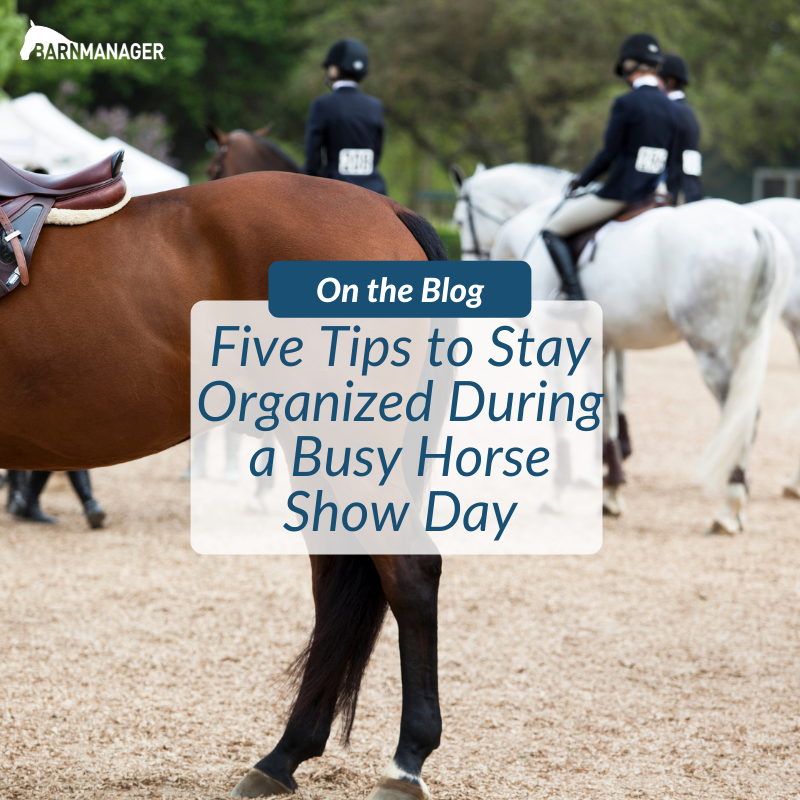You’re excited to participate in your upcoming Fédération Equestre Internationale (FEI) designated competition, whether that be as a rider, groom, manager, or owner, and you’ve been charged with making sure the paperwork is organized. The horse’s passport is ready to go, so what do you need to do now to actually enter the show? Entering an FEI show is a bit more complicated than a national-level competition, so it requires a little organization and some advanced planning of your team’s show schedule. Read the first part of our FEI Paperwork blog HERE.
Registrations
Rider USEF:
Similar to national competitions, it’s important to make sure the rider’s US Equestrian (USEF) membership is up to date. You should also be sure that they have completed their annual SafeSport training. Both items can be handled through USEF’s website.
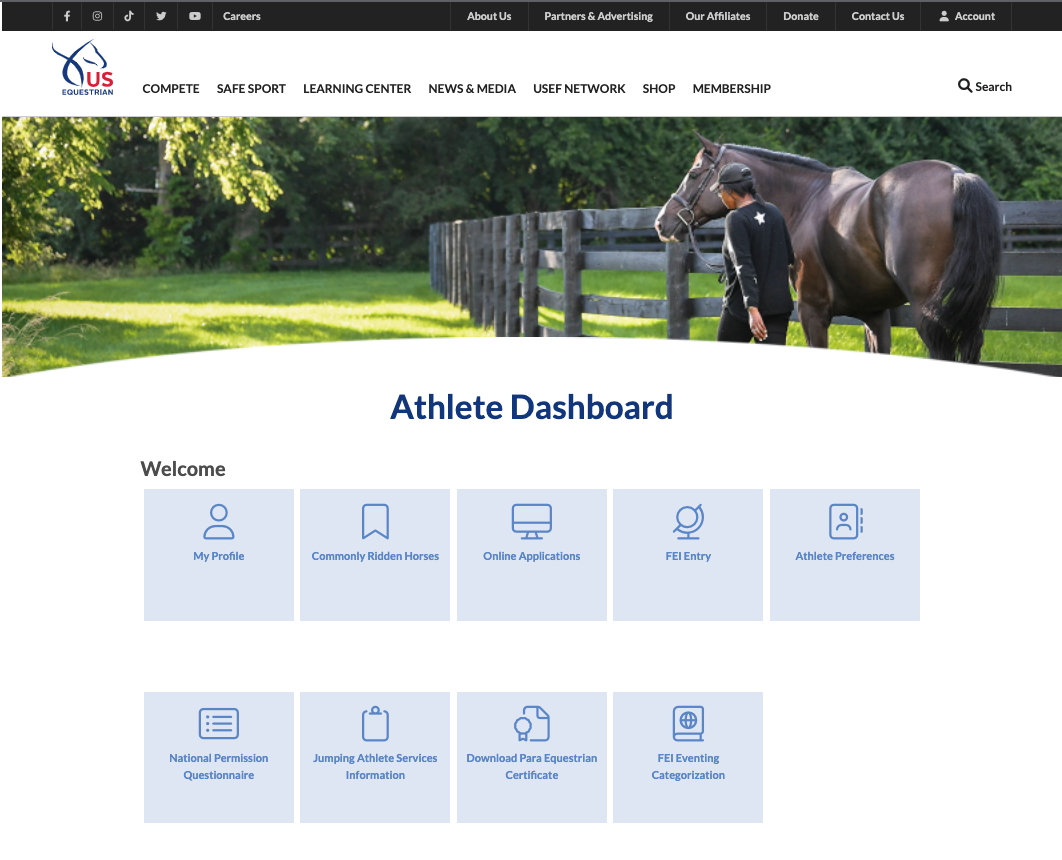
Rider FEI:
If the rider has never competed in an FEI designated show, they will need to apply for an FEI registration number. This usually takes a few business days to process but is an important step to handle well in advance of the show in order to accomplish the other parts of the entry process. A rider’s initial FEI registration and annual renewal can be completed through the USEF portal’s Membership Dashboard. Be sure to look out for the confirmation email, so you can be certain everything is in order.
Horse USEF:
Horses with U.S. ownership must have lifetime USEF memberships (not just annual recordings) in order to be eligible for FEI competitions. You should make sure to confirm this status on USEF’s website.
Horse FEI:
Horses also need to be registered annually with the FEI. Like rider registrations and renewals, this can be handled through the rider’s Membership Dashboard on USEF’s website. Once a horse is registered, you will need to add it to the “Commonly Ridden Horses” list through the rider’s Athlete Dashboard in order to be able to enter it in any competitions.
Entries:
Horse Show Entry:
Just as for any national competition, horses and riders competing in FEI classes must fill out the show’s entry form. This can be done either by paper or online. In addition, FEI entries must be accepted by both the rider’s National Federation and the show’s Organizing Committee.
USEF Portal Entry System:
In order to be accepted by the National Federation to compete at any FEI designated show, riders need to declare their intention to show with their chosen horse(s) through USEF’s Athlete Dashboard. There, you can select nationally and internationally hosted shows to enter. The submitted entry request then must be approved by USEF. If the request is accepted, the National Federation submits all horse and rider entries to the FEI.
If the level of competition being entered is interpreted by the USEF representatives as too advanced for the rider, they will not permit the intended entry. While a trainer’s note of explanation can help overturn an initial rejection, the USEF representatives ultimately make the final decision. An entry for a rider that is not in good standing also will not be permitted.

FEI Wish List:
The FEI invitation system, or “wish list” as it’s referred to, is only used for show jumping, but is an important step for those events. When a rider places in FEI competition, they earn ranking points in the Longines Global Ranking. Once a rider has a high enough rank, they are required to express their intention to compete in desired shows through the FEI SportsManager application or the FEI online portal. While all riders can view the entry system, only riders with ranking status can submit wishes. This is to allow a show’s Organizing Committee to accept higher-ranked athletes first and then see how many available spots there are to include lower-ranked and unranked athletes. Riders can be automatically accepted based on ranking if there is no entry limit to the show. However, if there is a limit, the show’s Organizing Committee can issue an acceptance manually based on the rider’s ranking and how many entries they receive overall.
With these “wishes,” riders specify which shows they would like to enter and with how many horses. As plans develop, they can change the selected horses at a later date if they so choose. Adding more than one horse to a wish reflects how many horses the rider wants to compete at the show. Wishes are made during the four-week period taking place eight to five weeks before the week of the competition. For this reason, you need to have your intended schedule planned out ahead of time.
Entry Acceptance:
It’s always good to have a backup plan in mind in the event your FEI entry is rejected by the Organizing Committee or National Federation. Your team might decide to enter national level classes at the same competition instead, or a different show altogether. For show jumping, the wish list helps enable riders to rank multiple wishes for competitions occurring during the same week in order of preference. Therefore, if the rider does not get accepted to a particular FEI competition, they might be admitted to a different FEI show taking place at another venue during the same week.
Entry Withdrawals:
Once the rider’s entry is accepted, it is important to remember that should anything change necessitating an entry scratch, there is a deadline to withdraw an FEI entry without financial consequence. Typically, this is the week before the veterinary inspection jog–which signifies the beginning of the competition–but it is always good to double-check for deadline dates in order to avoid an unnecessary fee. If the entry has already been accepted by both USEF and the horse show organizers, you must contact both parties to completely withdraw your entry.
Planning ahead and organizing your show schedule will help you keep track of which competitions you want to attend at the FEI level. Although it may seem overwhelming, creating a detailed calendar with deadlines will help. Having a system in place will ensure that you arrive at the veterinary inspection jog ready for competition!
(Did you know? BarnManager has a calendar feature with reminders so you do not have to worry about missing important dates!)
Handy Links:
- USEF Homepage: https://www.usef.org/
- FEI Entry System/Wish List Login: https://cas.fei.org/cas/login?service=https%3A%2F%2Fentry.fei.org%2F
- FEI Jumping Rules: https://inside.fei.org/system/files/GA17_Annex_15.3.pdf
Have questions about utilizing BarnManager or want to give it a try for yourself? Request a live demo here!

